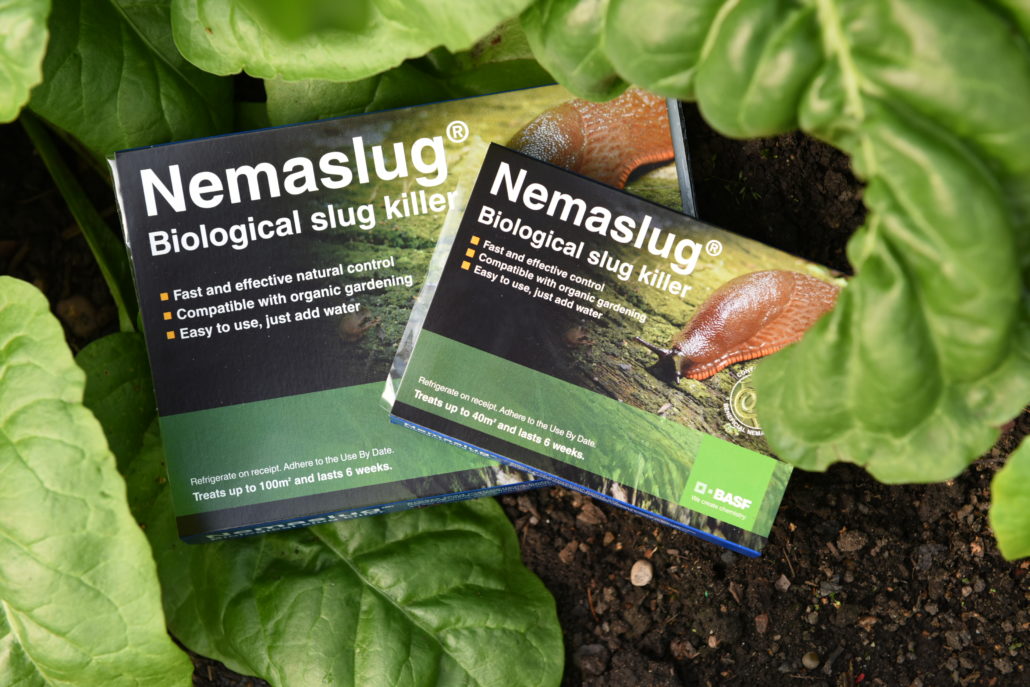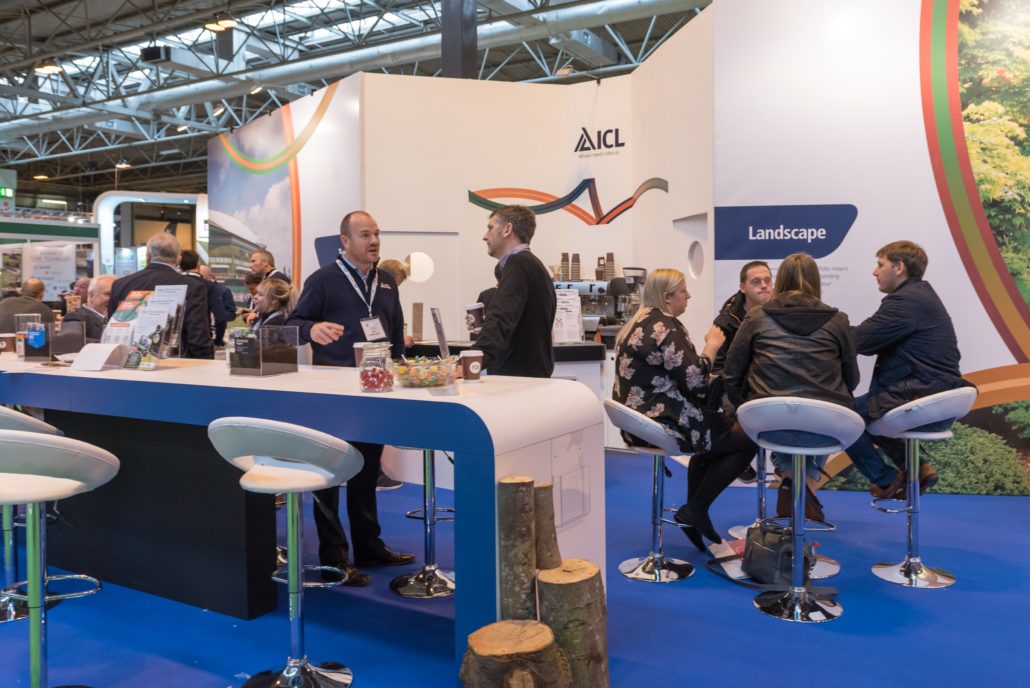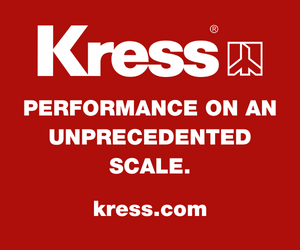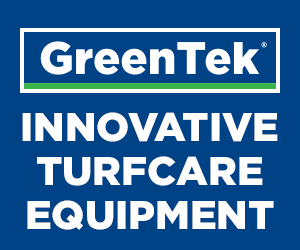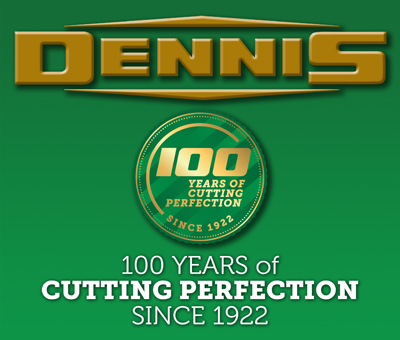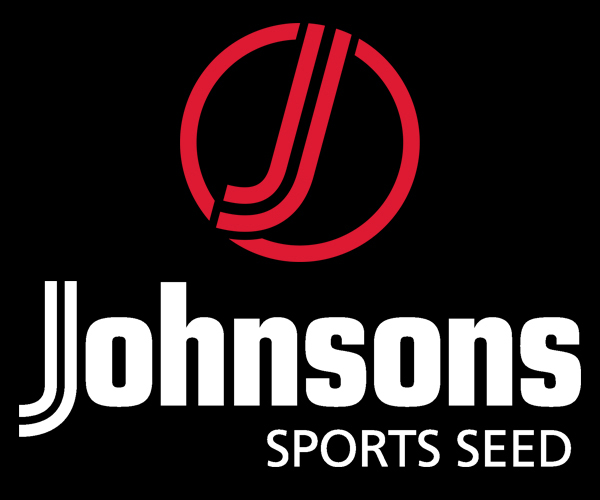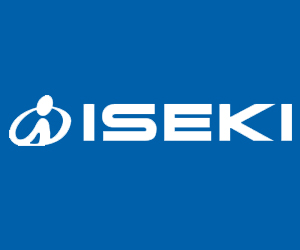Star Dealership On Board With Jensen
Star Dealership On Board With Jensen: Momentum continues to grow behind the Jensen brand this year with the appointment of another brand-new dealer in the South West.
Elmstar Machinery, based in Newton Abbot, will be responsible for sales, service, parts and hire of Jensen woodchippers throughout the entire county of Devon.
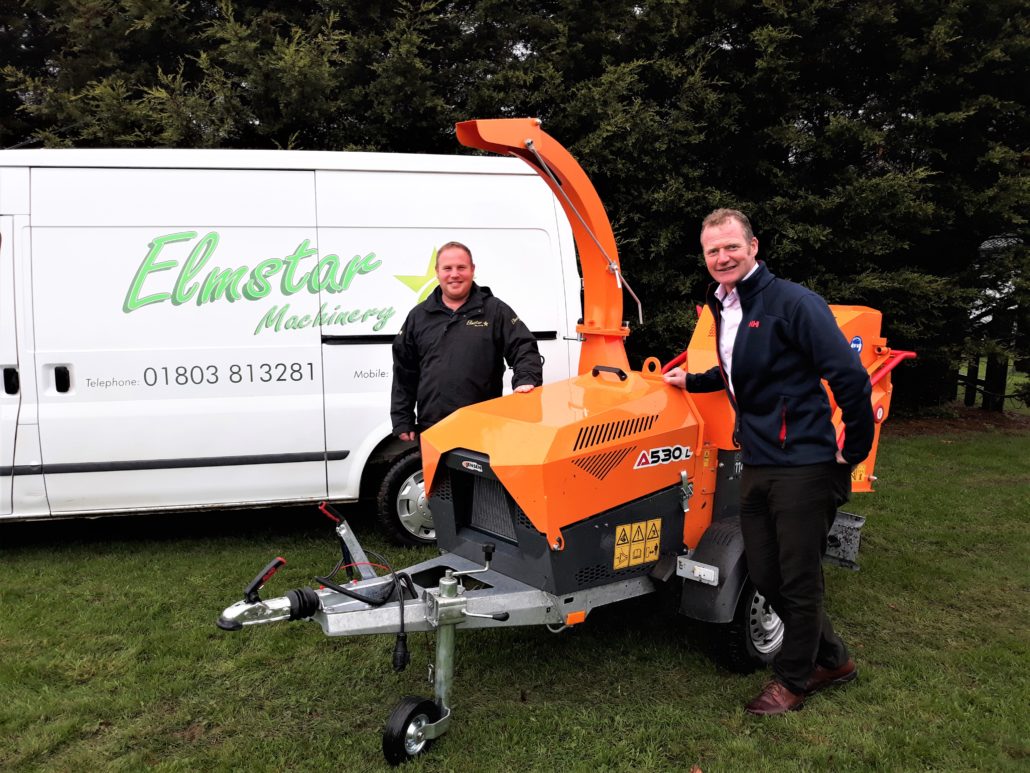
Elmstar has been trading for 10 years in 2019, celebrating its 10-year anniversary this January. With dedicated and well-stocked workshops, and coverage across all of Devon, Elmstar Machinery is an excellent addition to the Jensen network.
Jason Wignall, Elmstar Machinery Co-owner, is extremely pleased with the new partnership and is very excited to have the opportunity to work with the premium brand that is Jensen.
“We do sell a range of domestic and professional groundcare machinery, as well as chainsaws, but the adoption of a woodchipper brand opens up new and exciting potential for us in the arboriculture sector across Devon.”
“We are delighted to be able to add this established brand to our portfolio.”
This latest appointment comes hot on the heels of two other new dealership appointments in the UK, with Field and Forest Machinery, Scotland and P. Tuckwells in East England both joining the Jensen dealer line up in November 2018, and another in Kent coming very soon.
Now available to buy, hire, service and obtain spare parts from 19 dealer locations across the whole of the UK, Jensen is going from strength to strength. This is evident by the exceptional growth in sales and brand awareness throughout 2018, only the second year of trading as part of the T H WHITE Machinery Imports division and led by Business Manager Bill Johnston.
Naturally, Bill is excited with the continued expansion of the Jensen dealer network:
“2018 was an excellent year for Jensen, with a growing network of dealers across the country, a series of successful events in the Arb Show, APF and SALTEX, and increasing awareness across the industry of the world’s original woodchippers from Jensen.
“2019 is already looking like another exciting year, with even more high calibre dealers set to join the Jensen line up, and we are delighted to welcome Elmstar Machinery into our Jensen family. We are confident they will provide exceptional customer service and support for all things Jensen for our Devon customers.”
Contact Jason on 01803 813281 to discuss Jensen woodchippers or find out more about Elmstar Machinery at www.elmstar.co.uk
For the latest industry news visit turfmatters.co.uk/news
Get all of the big headlines, pictures, opinions and videos on stories that matter to you.
Follow us on Twitter for fun, fresh and engaging content.
You can also find us on Facebook for more of your must-see news, features, videos and pictures from Turf Matters.



